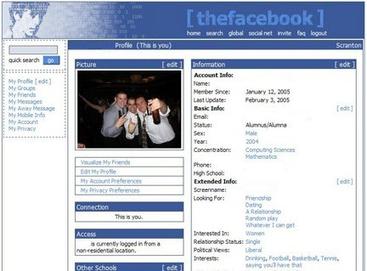by Lourdes Fritts
Much like the way some people do not care about their local sports team, I do not give much thought to my racial identity. This is mostly due to the fact that if I gave my race anymore thought than the occasional ponder, I would be in a constant state of identity crisis. My mother is Japanese-Korean raised in Japan, and my Father is Irish-German-Mexican raised in America. Thus I have christened myself as an “Euro-Mexi-Asian-American”. Fortunately I have been privileged enough in life where I was never made particularly conscious of my race; I have never let my race define me and very few people I’ve met have defined me by it. However, due to recent events in Ferguson, Missouri, I have become unusually conscious of my ethnic background.
After the grand jury failed to indict Darren Wilson my Facebook was splashed with statuses saying things like“f*ck white people #AmeriKKKa”, and articles talking about what white people need to do about racial inequality. There were many types of reactions to the grand jury’s decision but everything ultimately boiled down to race or more specifically, the oppression of black Americans by white Americans. Every day frustrated black (along with some enlightened white) Facebook friends posted lists of black victims of police brutality and offended white friends posted articles supporting the “not all whites” stance. Quite honestly, I didn’t understand my role in this conversation, I am horrified by the violence and inequality that American society has tolerated for so long but I cannot say that I completely empathize with black Americans. I am upset about Ferguson but I was not exactly sure why.
 It is this feeling of disconnect that had made me conscious of my ambiguous racial identity. On one hand I am partially white, does that put me on the side of the oppressor? Did I feel upset because of underlying guilt? But what about the times where I was discriminated against, what about all the times where people told me to go back to China? Was I upset because I was afraid of being a victim of violent discrimination? While it isn’t true, I couldn’t help but feel that there was really no place for me in the conversation about race, I straddled an awkward border of whiteness that made it seem that I didn’t have the right to talk about race as a minority.
It is this feeling of disconnect that had made me conscious of my ambiguous racial identity. On one hand I am partially white, does that put me on the side of the oppressor? Did I feel upset because of underlying guilt? But what about the times where I was discriminated against, what about all the times where people told me to go back to China? Was I upset because I was afraid of being a victim of violent discrimination? While it isn’t true, I couldn’t help but feel that there was really no place for me in the conversation about race, I straddled an awkward border of whiteness that made it seem that I didn’t have the right to talk about race as a minority.
I thought about all these things for a while and ultimately decided that my disgust with the Ferguson case did not derive from any sense of ethnic identity (as a white or as a minority) but rather a betrayal of my national identity. As Craig Calhoun (1993:235) puts it, “The idea of nation is itself an instance and an archetype of this classifying logic of categorical identities”. As hackneyed as it sounds, I believed that being American stood for unparalleled equality and opportunity and seeing that it was not as I believed upset me quite a bit. I realized that my national identity was stronger than my racial identity because of my racial ambiguity. While this epiphany does virtually nothing to solve the racial tensions in Ferguson, I do believe that figuring something like this out can encourage more people to act as a community.
References
Calhoun, C. 1993. Nationalism and Ethnicity. Annual Review of Sociology, 19, 211-239.
Clarke, R., & Lett, C. (2014, November 11). What happened when Michael Brown met Officer Darren Wilson – CNN.com. Retrieved from http://edition.cnn.com/interactive/2014/08/us/ferguson-brown-timeline/




































